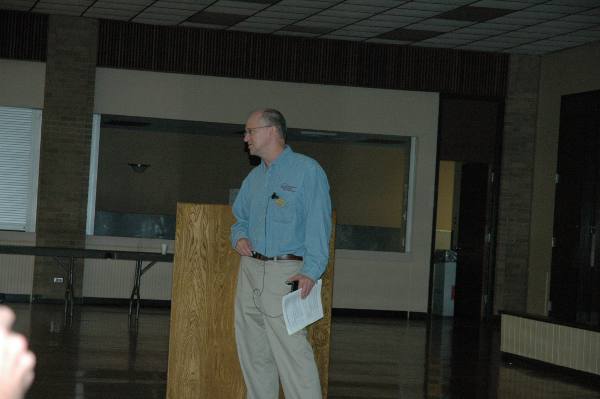
A complex of sucking bugs has become a significant pest issue in Texas cotton over the past ten years, according to a Texas Extension entomologist.
“Over the past decade, boll-feeding sucking bugs have become a pest to Texas, especially in central and south Texas,” says Michael Brewer, Texas AgriLife field crops research entomologist. The pest is actually “a complex of several species of stink bugs and a plant bug (verde plant bug).”
Stink bugs are difficult to detect with the usual insect monitoring techniques, he says, but the plant bug can be monitored using a “beat bucket.” Damage from the complex can be significant — up to 18 percent yield loss “at relatively low infestation levels.” Yield loss estimates up to 25 percent have been observed in commercial fields and experiments where bugs and cotton boll rot have been observed.
Brewer says damage may be determined accurately at harvest, “but we need to make application decisions before damage appears.” He recommends in-season “cracking of green bolls to obtain an estimate of the frequency of bolls with internal injury” due stink bugs.
“Combining beat bucket insect monitoring with cracking green bolls improves estimation of harvest damage for the verde plant bug,” he says. Basing pesticide applications on that combination “can get pressure down, and that’s the ultimate goal. Cracking green bolls is a must. We have a lot more work to do, but we do have a decision-making tool.”
About the Author(s)
You May Also Like






